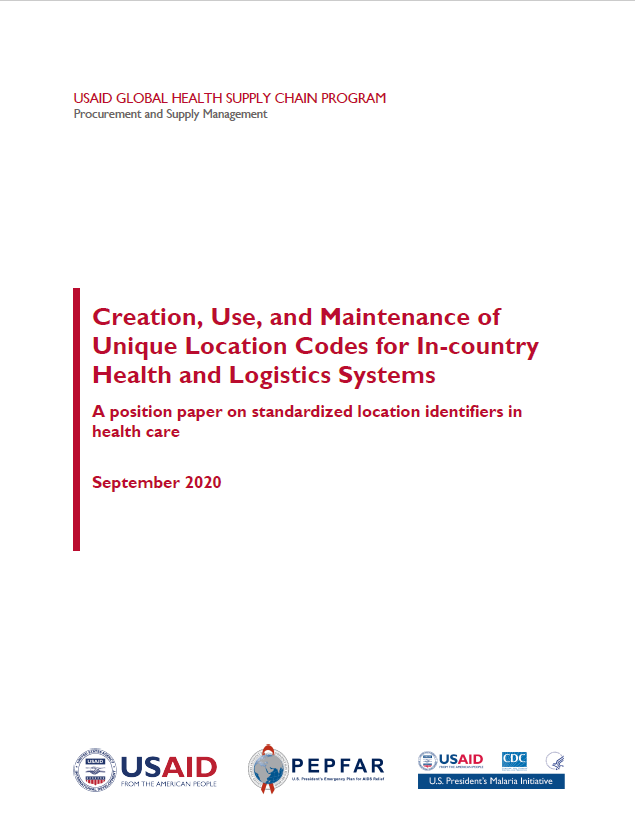
This position paper provides a basis for understanding what is needed to successfully introduce, plan, and execute the steps and tasks for standardizing physical and digital locations in the health sector in low- and lower-middle income countries (LLMICs). As LLMICs drive toward adopting global standards to realize supply chain efficiency, the desire is great to achieve end-to-end data visibility and product traceability, in particular, the ability to know exactly where trade items are at any point in the supply chain as they move from source to destination. This requires collaboration among trading partners to share standardized and unique information on who the supply chain parties are and a greater need to understand and facilitate local and global health trade and industry collaborations. This can be supported, in part, through adopting global data standards for location identification for all parties in the supply chain.
LLMICs are making efforts to create authoritative lists of all health facilities in a country, called Master Facility Lists, with guidelines from international aid organizations. However, these guidelines are locally based, do not identify global entities, and fall short in meeting the requirements for enabling end-to-end visibility in a digital supply chain. The GS1 Global Location Number standard provides the ability to identify a functional, physical, or legal entity uniquely anywhere on the globe.
This paper explores the concept of location standardization in creating efficiencies in supply chain functions, along with opportunities that countries may have to think through ways existing practices on location identification can be better aligned with global practices.